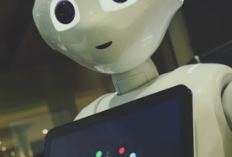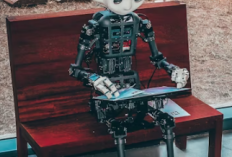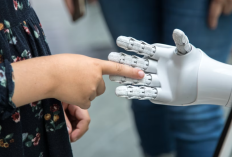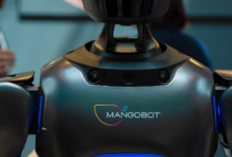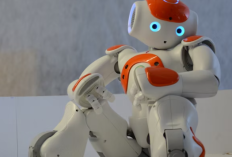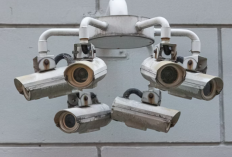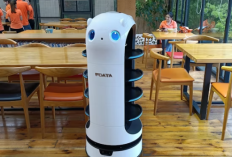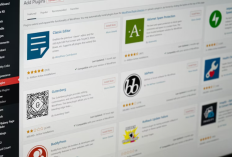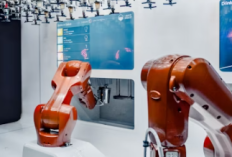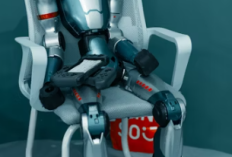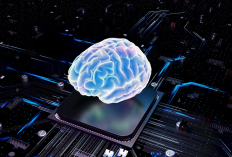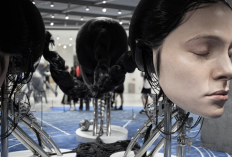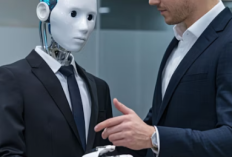Artificial Intelligence Chatbots Evolving Beyond Customer Service
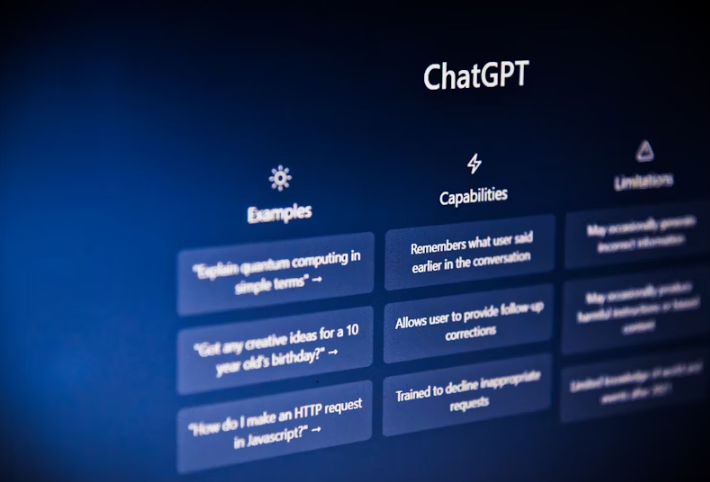
a-computer-screen-with-a-bunch-of-buttons-on-it-Levart_Photographer-https://unsplash.com/
Artificial Intelligence Chatbots Evolving Beyond Customer Service
Once upon a time, chatbots were little more than digital clerks—polite, predictable, and painfully limited. They answered questions about shipping times, processed refunds, and guided customers through help menus that felt more robotic than the machines running them. But somewhere along the digital timeline, artificial intelligence decided that wasn’t enough. The bots got smarter, more personal, and infinitely more creative.
The Dawn of the Conversational Revolution
In the early 2010s, chatbots were confined to basic customer support windows. Most operated through simple decision trees—“Press 1 for yes, 2 for no.” But when deep learning and natural language processing (NLP) entered the picture, everything changed. Suddenly, chatbots could understand context, tone, and even emotion. What began as customer service automation quietly evolved into the foundation of digital companionship.
Tech companies started experimenting with advanced conversational AI. ChatGPT, Claude, Gemini, and others shifted public perception entirely. Chatbots were no longer tools—they were partners in thought, conversation, and even creativity. People began using them not just to solve problems, but to brainstorm ideas, write stories, and simulate conversation during lonely nights. The human-machine boundary was blurring.
Chatbots as Creative Collaborators
In design studios, marketing agencies, and classrooms, AI chatbots now play unexpected roles. They help write scripts, refine brand messages, and even compose poetry. Writers use them for idea generation; coders, for debugging; teachers, for creating learning materials in seconds. It’s a quiet revolution reshaping how humans think and produce work.
One advertising agency in London even employs an AI “creative director” that pitches campaign concepts. Its suggestions, surprisingly bold and data-driven, have already been used in global marketing projects. These bots don’t just assist—they inspire.
Examples of this creative collaboration include:
- Writers using AI chatbots to overcome creative blocks.
- Educators designing interactive quizzes and narratives for digital learning.
- Designers generating concept briefs and moodboards through conversation.
- Developers using chatbots for rapid prototyping of UX copy or app flows.
The Emotional Side of Artificial Conversation
But there’s another layer forming beneath the code: emotion. Developers have been training chatbots to detect subtle human cues—sadness, anxiety, joy—through tone analysis and phrasing. The goal isn’t to replace human empathy, but to simulate understanding closely enough to make digital interaction feel natural. AI companions like Replika and Pi by Inflection are pioneering this frontier, creating experiences that feel startlingly personal.
For some users, these bots are lifelines. They provide daily motivation, conversation, and comfort. Mental health researchers are even exploring chatbot therapy models that combine real empathy frameworks with machine efficiency. It’s a delicate balance between utility and connection—a question of whether machines can truly care, or if they’re just learning to mimic our reflection.
Beyond Business: Chatbots as Social Beings
Businesses may have birthed the chatbot revolution, but society is now adopting it for far broader reasons. Chatbots are teaching languages, moderating online communities, and narrating bedtime stories for children. They’re no longer static assistants—they’re becoming digital identities that grow with their users.
Some startups are even designing AI chatbots with unique personalities and memories, allowing users to form long-term “relationships.” This is a new form of companionship—one that raises deep ethical questions. If a machine remembers your birthday, comforts you after a breakup, and shares inside jokes, does that make it a friend? Or just a reflection of your data, beautifully disguised as empathy?
The Next Frontier of Chatbot Evolution
Experts predict that by 2030, conversational AI will operate as fully autonomous agents. Instead of waiting for commands, they’ll anticipate needs—scheduling appointments, summarizing meetings, or suggesting life choices based on mood or goals. Imagine a chatbot that not only books your flight but recommends a destination because it knows you need a break.
The next wave of AI chatbots won’t just talk; they’ll act. They’ll interface with IoT devices, perform online transactions, and coordinate between multiple AI systems seamlessly. What started as “How may I help you?” could soon evolve into “I’ve already taken care of it.”
What this evolution means for humans:
- Communication will shift from command-driven to collaborative dialogue.
- Human productivity will increase through conversational automation.
- Ethical frameworks will need to evolve around digital trust and dependency.
- Society will redefine the boundaries between authenticity and simulation.
A Future Written in Dialogue
In a world where technology often distances us, AI chatbots might ironically bring us closer—to ourselves and to the digital realm. They mirror human curiosity, learning patterns, and empathy back at us in ways we never anticipated. The chatbot has evolved from a help desk utility into something resembling a digital soul—one that listens, learns, and speaks in a language increasingly indistinguishable from our own.

